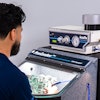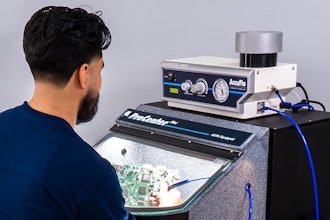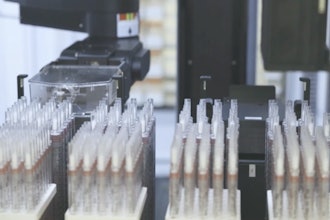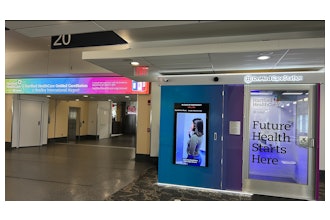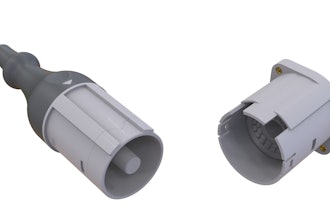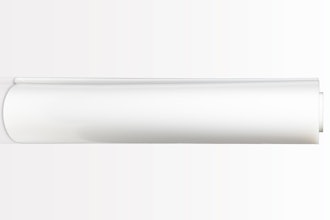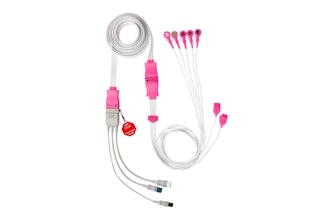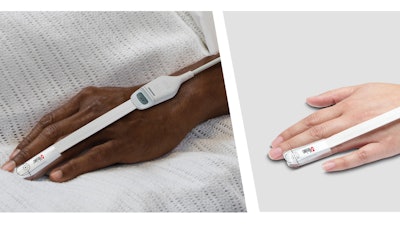
Masimo today announced the publication of a peer-reviewed study regarding Masimo SET pulse oximetry performance in varying skin pigmentation in the Journal of Clinical Monitoring and Computing. The retrospective trial, “Racial effects on Masimo pulse oximetry: a laboratory study,” by Drs. Steven J. Barker and Wilson C. Wilson, found that there was no clinically significant difference in the accuracy or bias between Black and White subjects studied with Masimo SET pulse oximetry and Masimo RD SET sensors.
For this newly published study Dr. Barker (Chief Science Officer, Masimo) and Dr. Wilson (Chief Medical Officer, Masimo) performed a retrospective analysis of Masimo laboratory data obtained from self-identified Black and White volunteer subjects, to evaluate differences in Masimo pulse oximeter accuracy and bias on the basis of skin tone. The investigators reviewed data collected between October 2015 and July 2021, which included 7,183 paired samples (3,201 Black and 3,982 White) collected from 75 subjects (39 Black and 36 White), who were screened with the same criteria to remove potential bias based on health conditions. All subjects were exposed to the same hypoxia protocol, which varied the arterial saturation of hemoglobin (SaO2) between 70% and 100%. Noninvasive oxygen saturation (SpO2) values were obtained from Masimo SET pulse oximeters with RD SET sensors and time-matched with simultaneously taken arterial blood gas (ABG) samples analyzed using an ABL-835 blood gas analyzer.
The data were analyzed to determine the bias (mean difference in paired SpO2 and SaO2 samples), precision (standard deviation of the difference), and accuracy (root mean squared error, ARMS*) for both groups. A negative bias of 0.20% was found for Black subjects, compared to 0.05% for White subjects. This difference of 0.15% (p < 0.001) is not clinically significant and the values are numerically indistinguishable because the SpO2 display resolution is 1% on commercially available pulse oximeters (both from Masimo and other manufacturers). The investigators also found a precision of 1.40% for Black subjects and 1.35% for White subjects. Accuracy (ARMS) was 1.42% for Black subjects and 1.35% for White subjects. These results are consistent with the accuracy specifications of RD SET sensors (1.5% accuracy ARMS), which are twice as good as the current FDA clearance thresholds for medical-grade pulse oximeters (3.0% accuracy ARMS).
In discussing their findings, Drs. Barker and Wilson describe how Masimo SET® accounts for skin pigmentation when measuring SpO2. “The absence of racial bias, and highly accurate overall performance exhibited by Masimo SET® pulse oximetry can be logically explained by Masimo’s engineering design and testing paradigm. … Conventional pulse oximetry uses the standard red over infrared algorithm to provide SpO2, while Masimo SET® uses that conventional algorithm along with four additional signal processing engines that all run in parallel. These signal processing systems allow the distinction between arterial and venous signal during motion and low perfusion by identifying and isolating the non-arterial and venous noise SpO2 from the true arterial SpO2 components in the signal. These multiple signal processing engines work together to overcome limitations of each independent method. This advanced technique allows for a more accurate picture of the pulsatile (arterial) signal and significantly reduces the impact of static absorbers such as skin pigment, bone density, and tissue thickness (e.g., finger, toe, or earlobe). Finally, the Masimo SET® SpO2 algorithm is calibrated and then validated using nearly equal numbers of dark and light-skinned subjects.”
Drs. Barker and Wilson summarized, “In conclusion, this retrospective study of healthy human volunteers monitored with Masimo RD SET pulse oximeter sensors showed an absence of clinically significant differences in accuracy between Black and White subjects.” The authors suggested that additional prospective clinical studies should be conducted to validate their results in critically ill patients utilizing Masimo SET® pulse oximeters and those from other manufacturers.


